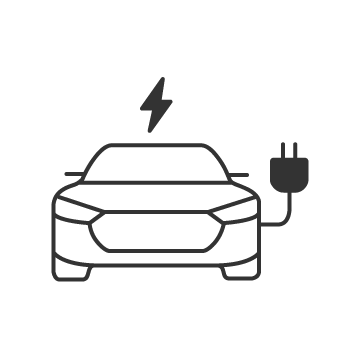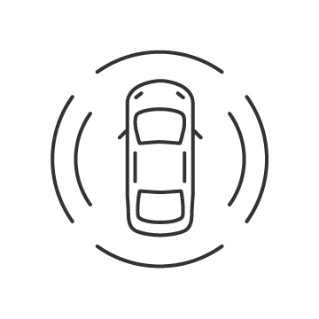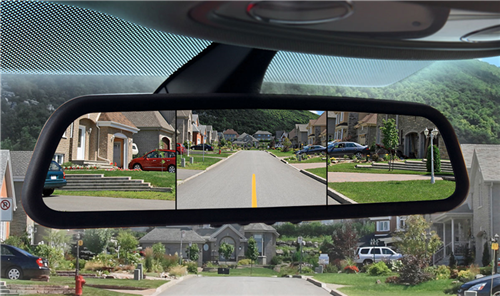SSZT579 november 2018
As we look ahead, it’s exciting to reflect on the last decade as being on the precipice of the biggest evolution in cars since their inception more than a century ago. As autonomous and electric vehicles continue to gain traction, cars in the next decade may look quite different from the cars of the 2010s.
Looking ahead, there are four high-level themes that will drive innovation in the automotive industry.
Digital cockpit

|
Vehicle electrification

|
Connected car
|
Autonomous driving
|
Digital Cockpit
- A driver can spend as much as 38,000 hours behind the wheel in their lifetime according to Harvard Health Watch. Whether the passenger is driving in the near future or relaxing in a self-driving car in the distant future, the vehicle seats must be comfortable. That’s why all iterations of powered seats will stay relevant in 2019 with customizable features and climate control.
- Consumers are expecting more dynamic interactions with the cockpit. In 2019, look for more gesture control as a next-generation way to manage controls within the digital cockpit.
- As the cockpit evolves so does the acoustic nature of the cabin. Premium audio innovations that shape the sound in the vehicle are more in demand, even in base-model vehicles.
- Selecting the right power topologies will be of even greater importance for the evolution of body control modules that power features of comfort and convenience.
Vehicle Electrification
| Improving the overall efficiency of combustion engines. | Electrifying mechanical components to enable hybrids. | Designing fully electric vehicles. |
Within these categories, key trends have emerged:
- More accurate sensors and exhaust-treatment centers will improve the combustion engine process.
- The standard 12-V battery is increasingly strained with the load of new electronic components. In response, designers can design a 48-V system to add power capacity for starter/generators and traction inverters assisting the combustion engine to reduce emission in mild hybrid vehicles.
- Solutions to manage high-efficient on-board chargers, high-voltage battery systems, DC/DC converters, and improve driving performance of powerful traction inverters in electric vehicles with up to 800 V.
- As electric vehicles become more prevalent, there is an increased need for longer range per charge and faster charging; innovations to watch are increasing on-board charging power levels up to 22 kW, fast DC charging stations up to 350 kW, and wireless charging which is considered to be an enabling technology for autonomous transportation services.
Read the white paper and see the reference design: Bridging 12 V and 48 V in dual-battery automotive systems.
Autonomous Driving

- Camera monitoring systems (CMS) will increasingly encroach on the job of traditional mirrors to expand the driver’s view making smart mirrors more common in new vehicles.
- Sensor fusion combines information from camera, radar and ultrasonic systems to enhance ADAS features.
- Cameras inside the vehicle will continue to make progress by providing driver monitoring to detect head and eye position to determine drowsiness or distraction.
Read the white paper to learn more: Paving the way to self-driving cars with advanced driver assistance systems.
Connected Car
- Vehicle-to-everything (V2X) innovations will continue to advance and gives drivers, passengers and the car itself greater connection than ever before.
- In 2019, a winner may emerge in the rivalry between Cellular LTE standard driven by 5GAA (C-V2X) and Dedicated Short Range Communication using WiFi IEEE standard, 802.11p (DSRC).
- Smartphones will become increasingly connected to the car overall, but particularly with car access. In 2019, time of flight technology may allow a car to securely recognize its driver.
Learn more about telematics in the blog: Four design considerations for telematics hardware in the connected car.
Now It’s Your Turn. What Are the Automotive Innovations and Insights You Expect to See in 2019? Comment below.
Additional Resources:
- See reference designs and resources for the equipment mentioned in this blog.